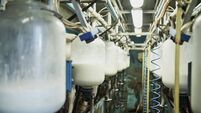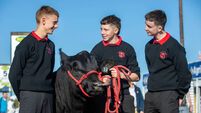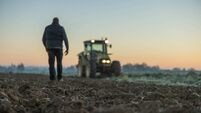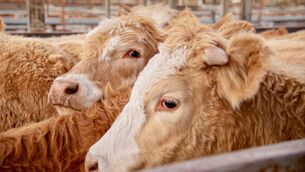Watery grass or drought: the grazing challenges this autumn
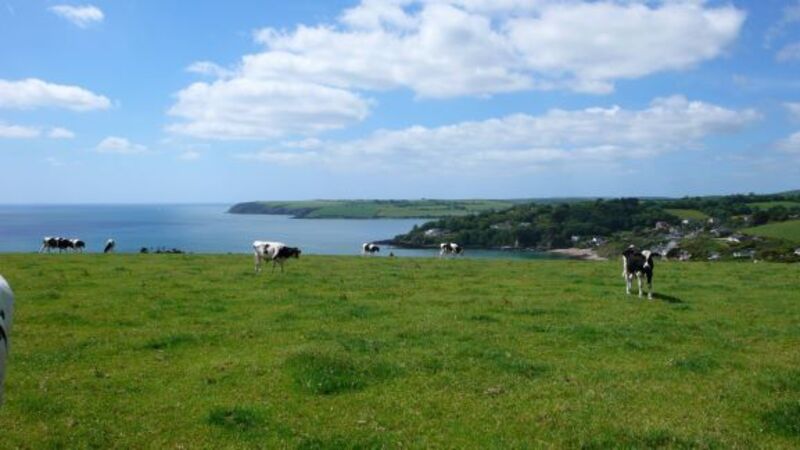
Either you have plenty, or you are in deficit due to the recent dry spell.
Many farmers who are measuring grass have seen growth rates up over 50 kg/ha in the last week.
Many on heavier soils are seeing even higher growth, while very dry farms have seen growth almost stop.
Grass quality on most farms looks excellent, due to great weather and growing conditions all year.
However, in the last two weeks, grass has got much softer and lower in dry matter.
This grass is now also low in fibre, and as a result, it has been noticeable that all livestock’s dungs have got that bit looser.
As we are now in September, grass is always soft and low in dry matter at this stage of the year.
Animals are literally flying through grazing swards.
Paddocks that look to have good volumes of grass are being consumed quicker than expected.
Clients have told me that they have dried down grass in the last week, and discovered that it is averaging only around 13% dry matter.
Beef cattle will consume approximately 2% of their own bodyweight in dry matter each day, so a 500kg bullock will require 70-plus kg of fresh grass. It’s a lot to expect in a 24 hour period.
Beef and dairy stock are beginning to look a little bit empty lately.
Dairy farmers are starting to see milk yields slip more than is normally acceptable, if they have not increased or introduced supplementation.
Given this trend, it is fair to assume that beef performance is also slipping, if animals are on similar pastures.
Supplementing grass for weanlings
At this stage of the year, in order to stretch grass supply, the best practice is to begin supplementing younger animals at grass.
Firstly, they are the animals who require the least dry matter, so a little concentrate will go a long way to satisfying their requirements.
Secondly, they will do the least damage around the troughs when being fed.
Thirdly, they represent the least physical threat to the farmer when feeding them outside. More mature stock could inflict serious injury if being fed outdoors.
Beef bulls
Autumn 2013 calves are now 12 months old, and regardless of their final slaughter age, should be close to housing. For a 16-month finish, they need to be pushed on from now.
For older finishing, they should be brought in for further growing before finish.
Feeding these bulls outdoors at this time of year will not maintain desirable thrive, and may be too dangerous.
Once they are indoors, it is critical that they are on a suitable diet for their size and age.
One of my pet hates is seeing electric fencing overhead in bull pens. It really shouldn’t be necessary, if the nutrition is appropriate for the bulls.
Bulls fed properly are extremely content, and spend most of their time lying down, sleeping. Unhappy bulls will fight and jump on each other. Seek expert nutritional advice for these bulls, to optimise returns.
Steers and heifers for finishing off grass
Cattle to be finished off grass this autumn must at this stage be getting meal, if you are to achieve the desired conformation and fat grades.
Little or no protein is required in this supplement. Plenty of energy is what is required, and given the price of cereals at present, they should make up a large proportion of the mix.
As the autumn creeps in, and daylight hours get shorter, much of the fodder that will be saved has already been saved, or soon will be.
Reassess your feed budget for the winter. The sooner this is done, the sooner you can deal with deficits, or put your mind at ease that you will be OK for feed.
Either way, get help and do your sums, ASAP.
